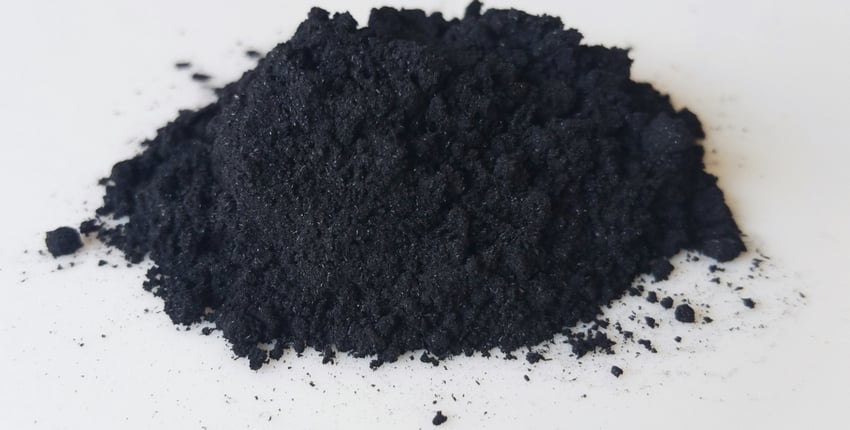New energy battery material preparation technology-Grinding/Drying/Spheroidizing

In new energy batteries, many materials are typical powder substances, including lithium iron phosphate (LiFePO4), lithium cobaltate (LiCoO2), lithium nickelate (LiNiO2), lithium manganate (LiMn2O4) in lithium-ion batteries; Sodium titanate (NaTi2(PO4)3), sodium sulfur (Na2S), sodium oxide (Na2O), Prussian blue materials in ion batteries; sulfur powder, graphite (used as sulfur carrier) in lithium-sulfur batteries; solid-state batteries Solid electrolytes, positive and negative active materials, etc.
In the process of these battery materials, the grinding/drying/spheroidizing process is essential, the main reasons are:
① “Grinding” can make the particles of powder materials smaller and increase the surface area, thereby increasing the reaction interface of the battery, increasing the contact area between the material and the electrolyte, and accelerating the transmission speed of ions and electrons;
② “Drying” can remove the moisture or organic solvent introduced by the reaction involving liquid phase and solid phase in the battery manufacturing process, so as to ensure the stability and performance of the material.
③ Graphite “spheroidization” can improve the structure and performance of graphite particles, so that they have better electrical conductivity and mechanical strength.
Through the above measures, the performance of the battery can be significantly improved, including improving the uniformity and consistency of the battery material, ensuring that the battery material is evenly distributed, and improving the battery energy density, charging rate and cycle life. In addition, the problem of battery failure caused by uneven local reaction of the battery can also be avoided.
Although pulverization, drying and spheroidization are already quite mature processes, there are still various existing problems and new requirements to keep pace with in the battery material manufacturing process. For example, in terms of particle size control, it is necessary to ensure as much as possible during the pulverization process. The particle size of the powder is uniform – too large particles may lead to incomplete reaction, too small particles may increase the surface energy, causing problems of powder accumulation and agglomeration. Therefore, precise control of crushed particle size is actually a long-standing challenge.
In short, in order to improve the overall performance of the battery and solve the difficulties and difficulties in the process of crushing, drying, spheroidization, etc., researchers and engineers continue to carry out technological innovation and improvement.
